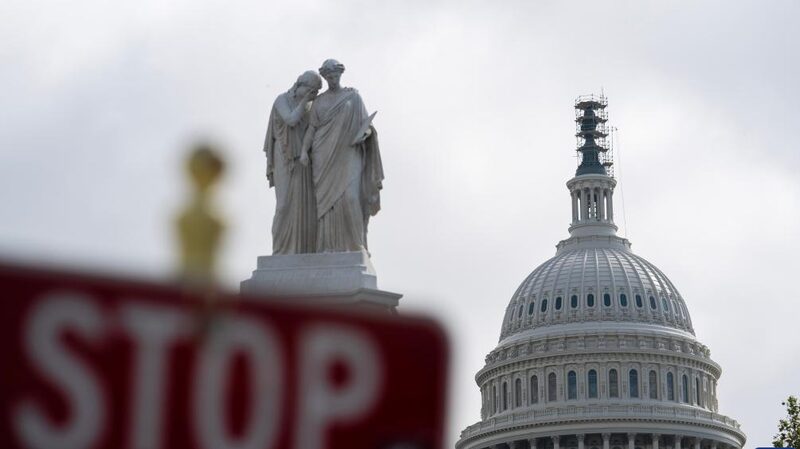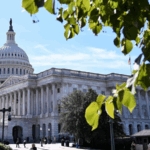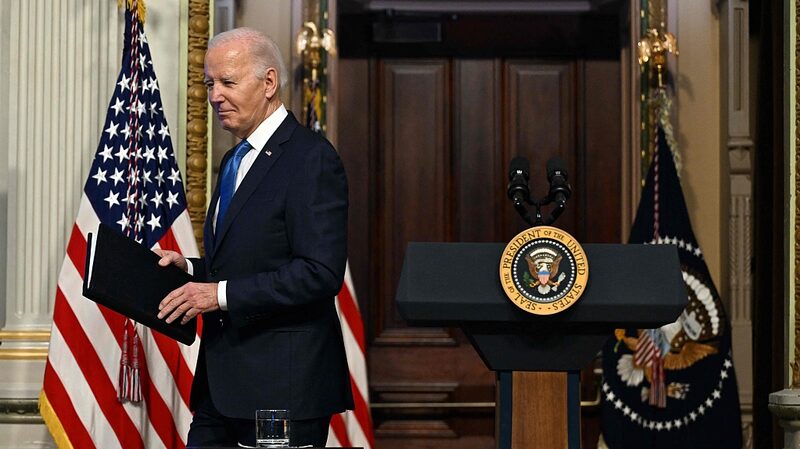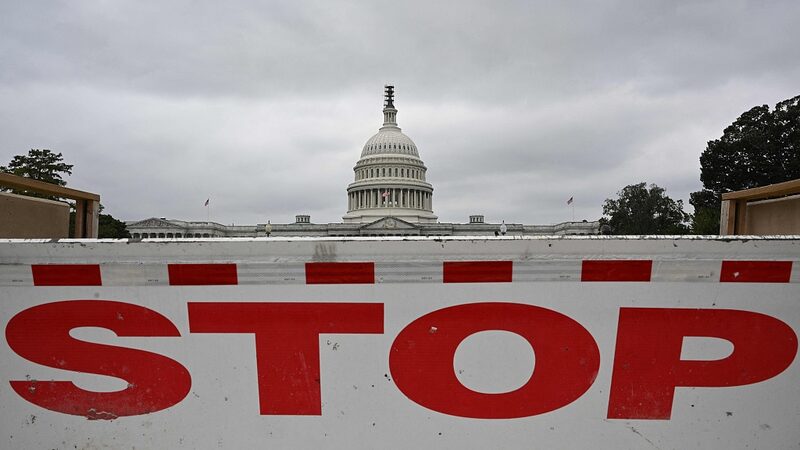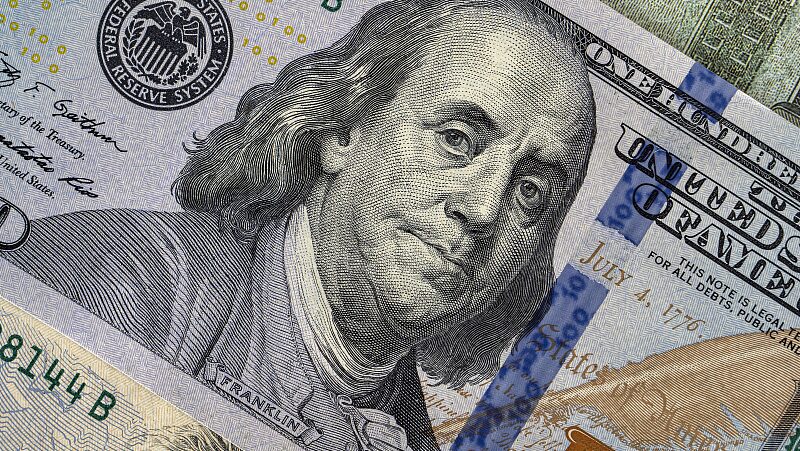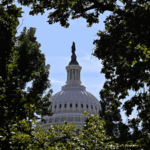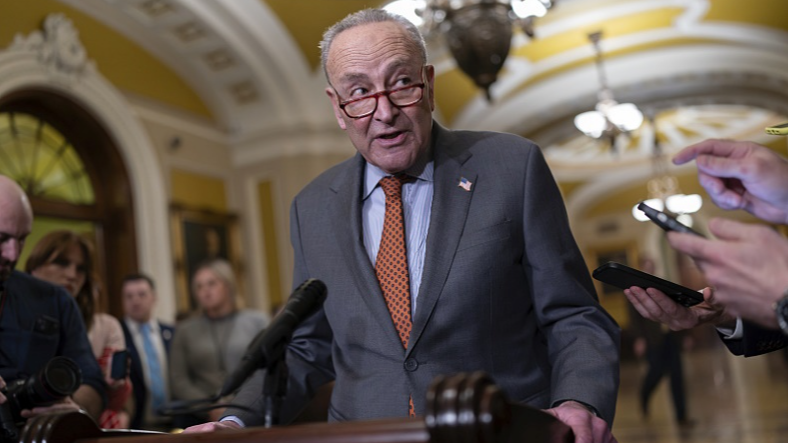The United States narrowly avoided a federal government shutdown last week as Congress passed a stopgap bill to keep agencies running for 45 days. President Joe Biden signed the bill into law on September 30, just an hour before the deadline. The temporary agreement increased federal disaster assistance by $16 billion but left out aid to Ukraine, reflecting deepening divisions within American politics.
This recurring cycle of debt ceiling crises has become a troubling pattern. In 2013, the U.S. government shut down for 16 days, causing significant concern in global financial markets. By 2018, a 34-day shutdown—the longest in U.S. history—was initially seen as an irritation but eventually impacted the S&P 500 index before a swift recovery upon the restoration of funding.
The frequent brinkmanship over the debt ceiling has eroded confidence in the U.S. government’s ability to manage its fiscal responsibilities. Historically, last-minute compromises were expected, but the increasing polarization and internal conflicts within parties have heightened uncertainties. The current situation is compounded by internal divisions among Republicans, with House Speaker Kevin McCarthy facing challenges in maintaining unity within his party.
The ongoing disputes not only affect domestic affairs but also have global repercussions. Investors, business leaders, and governments worldwide are watching closely, concerned about the stability of the U.S. economy and its potential impact on international markets. The repeated threats of shutdowns and defaults undermine the credibility of the United States as a reliable economic partner.
For Asian markets and global stakeholders, the uncertainty adds a layer of risk to economic forecasts and investment decisions. As the world’s largest economy grapples with internal political strife, the ripple effects are felt across continents. The situation underscores the importance of fiscal responsibility and political stability in maintaining global economic confidence.
Reference(s):
cgtn.com
